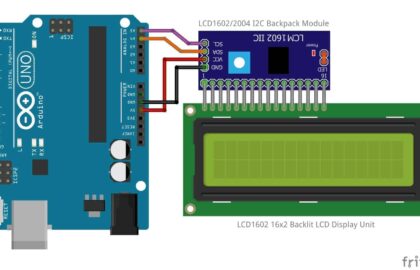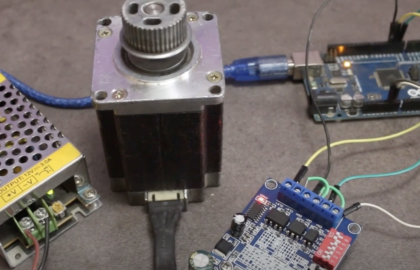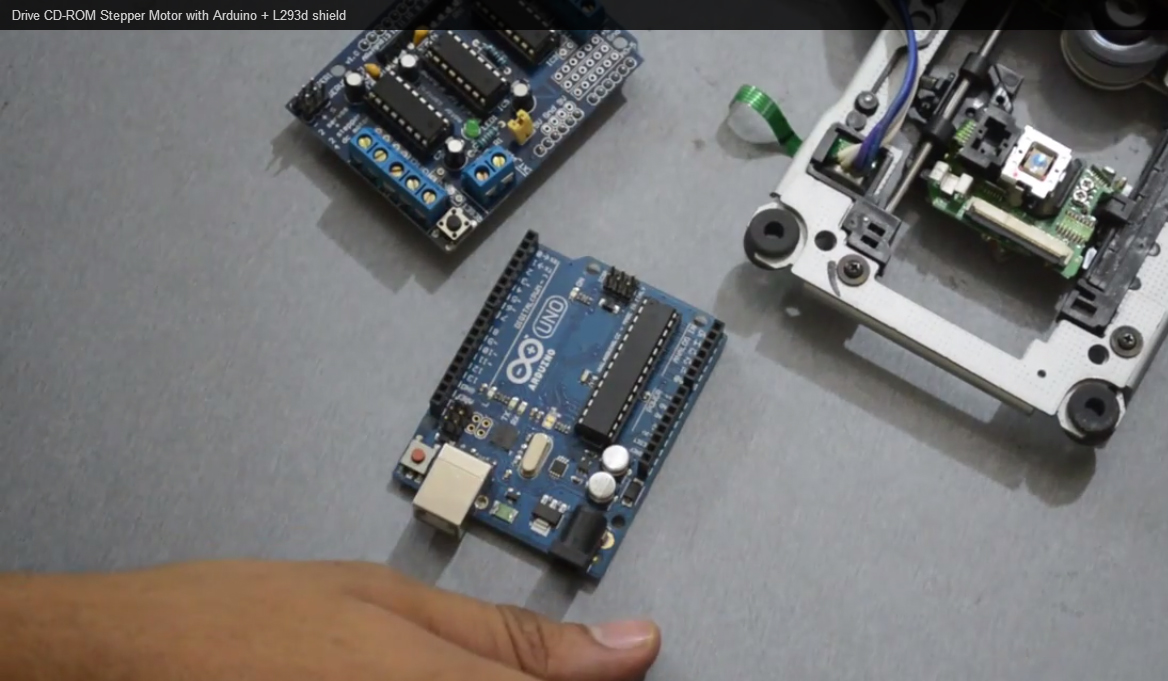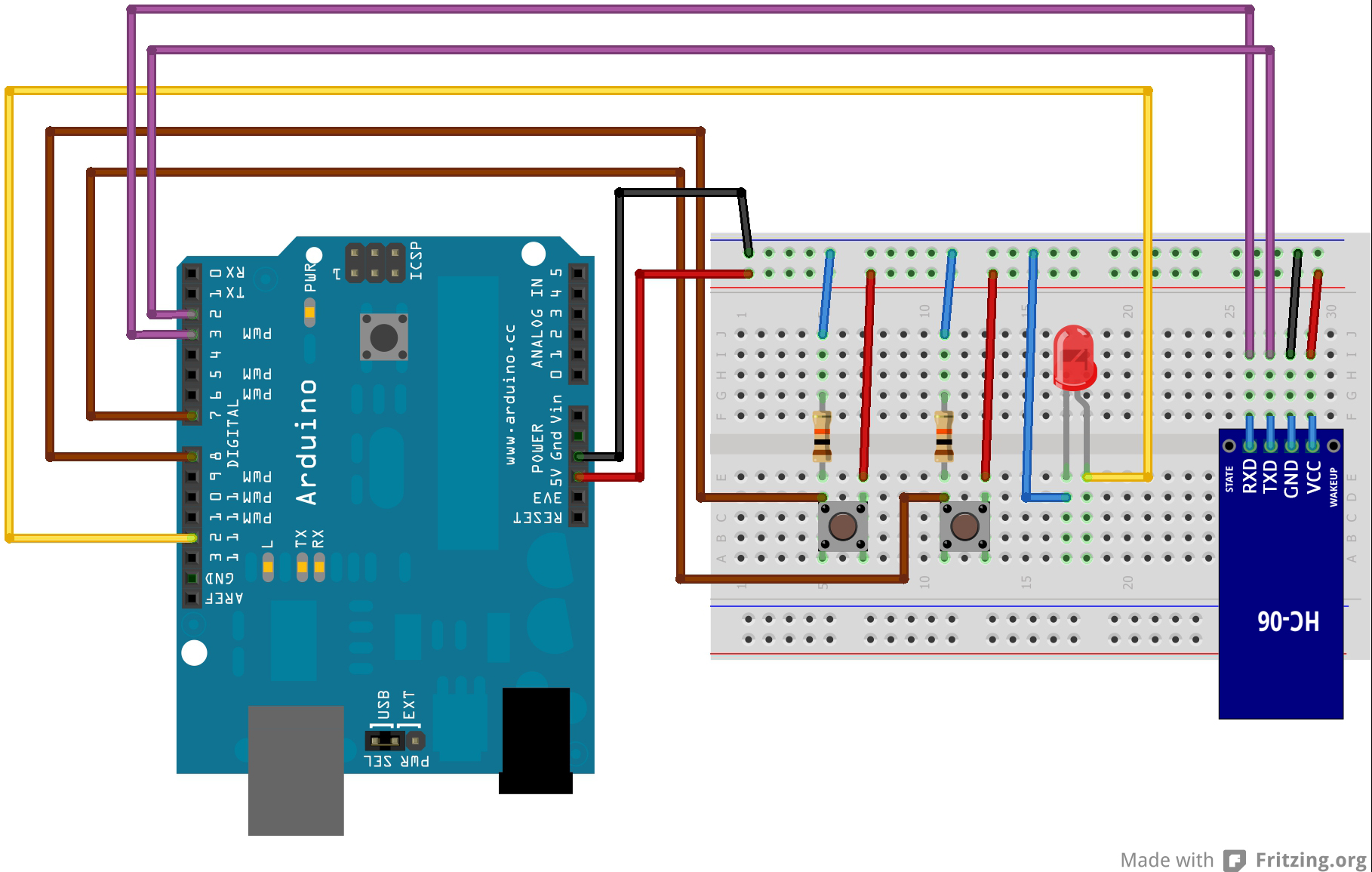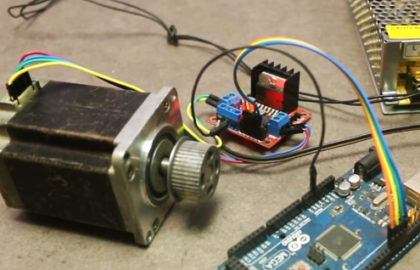The Hall Effect Magnetic Sensor module is a versatile component used to detect the presence and strength of magnetic fields. It works on the principle of the Hall Effect, where the sensor produces a voltage proportional to the strength of the applied magnetic field. In this step-by-step guide, we’ll show you how to set up the Hall Effect Magnetic Sensor module with an Arduino and create projects that respond to magnetic fields.
Materials Needed:
- Arduino board (e.g., Arduino Uno, Arduino Nano)
- Hall Effect Magnetic Sensor module (e.g., A3144)
- Magnet (e.g., a small neodymium magnet)
- Resistor (10k ohms)
- Breadboard and jumper wires
- USB cable for Arduino
- Computer with the Arduino IDE installed (https://www.arduino.cc/en/software)
Step 1: Wiring
Connect the Hall Effect Magnetic Sensor module to the Arduino board as follows:
- Connect the module’s VCC (Voltage) pin to the 5V pin on the Arduino.
- Connect the module’s GND (Ground) pin to the GND pin on the Arduino.
- Connect the module’s OUT (Output) pin to a digital pin on the Arduino (e.g., D2).
- Place a 10k ohm resistor between the OUT pin on the module and the VCC pin on the Arduino.
Step 2: Arduino Code
Open the Arduino IDE and create a new sketch. Then, enter the following code:
const int hallSensorPin = 2; // Digital pin connected to the Hall Effect Magnetic Sensor module
void setup() {
pinMode(hallSensorPin, INPUT); // Set the Hall Sensor pin as INPUT
Serial.begin(9600); // Initialize serial communication for debugging (optional)
}
void loop() {
int hallValue = digitalRead(hallSensorPin); // Read the state of the Hall Effect Magnetic Sensor
if (hallValue == LOW) {
Serial.println(“Magnetic field detected!”); // Display a message when a magnet is detected
// Your custom actions or functions can be added here.
} else {
Serial.println(“No magnetic field.”); // Display a message when no magnet is detected
}
delay(100); // Add a small delay to avoid rapid repeated detections
}
Step 3: Uploading the code
Connect your Arduino board to the computer using the USB cable and select the appropriate board and port from the Arduino IDE. Then, click the “Upload” button to upload the code to the Arduino.
Step 4: Observing Magnetic Field Detection
Once the code is uploaded successfully, open the Serial Monitor from the Arduino IDE (Ctrl + Shift + M). The Serial Monitor will display “Magnetic field detected!” whenever a magnet is brought close to the Hall Effect Magnetic Sensor module. It will show “No magnetic field.” when no magnet is nearby.
Step 5: Experiment and Interact
Now that the Hall Effect Magnetic Sensor module is set up and responding to magnetic fields, you can experiment with different magnet placements and strengths. Adjust the code to trigger various actions or events in response to the presence or absence of a magnetic field. For example, you can use the Hall Effect Magnetic Sensor module for magnetic switches, position sensing, or magnetic field strength measurements.
Congratulations! You’ve successfully set up and used the Hall Effect Magnetic Sensor module with Arduino. This versatile sensor allows you to detect the presence and strength of magnetic fields, opening up a wide range of possibilities for interactive projects and magnetic sensing applications. Have fun experimenting and incorporating the Hall Effect Magnetic Sensor module into your Arduino projects to add a touch of magnetic magic!




